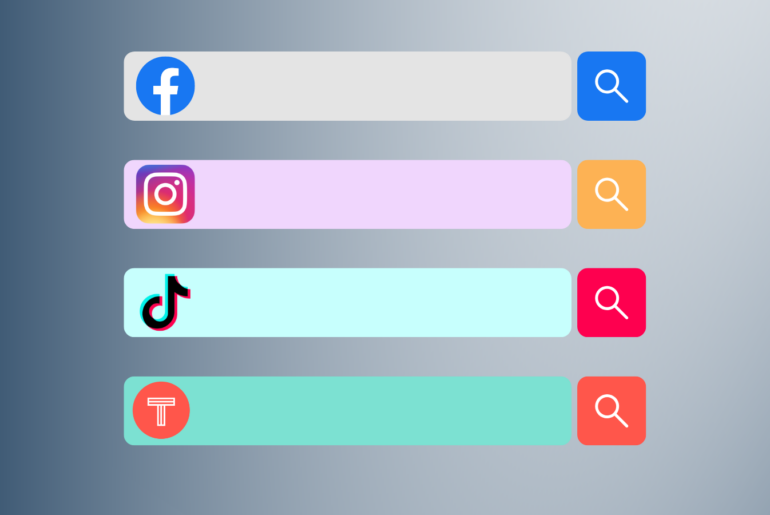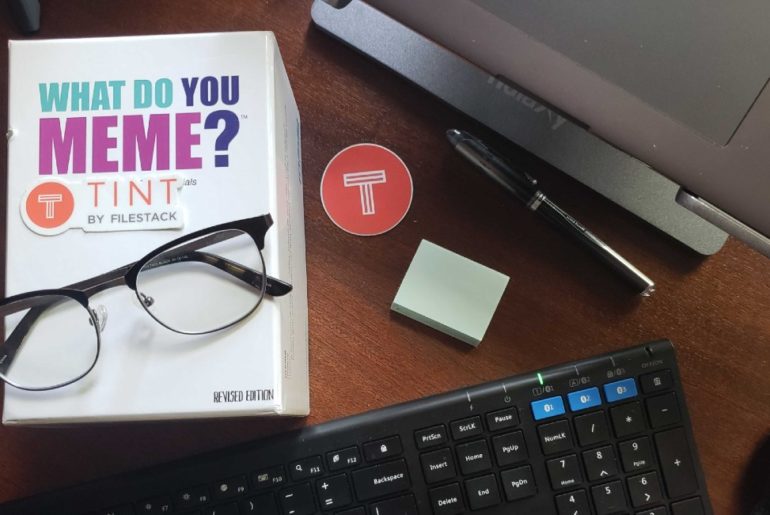Convincing sponsors to fund you and your event/campaign/organization can be a delicate dance. They want to support you and your cause, and they want to get something (usually recognition and a little associated advertising) in return. With the rise of social media, nonprofits and event organizers have a new powerful tool to give sponsors the recognition and involvement they are looking for.
Here are six social media strategies you can use to boost revenue from sponsors:
1. Sponsored Giveaways rewarding Social Posts
Rewarding your audience for posting is one of the most effective tactics available for driving social media engagement. Ask sponsors to support your social media efforts by offering the incentive for you.
Example: the Boys and Girls Clubs of America (BGCA) offered the chance to win back-to-school shopping gift cards when parents shared pictures of their kid’s first day of school using #myfirstday. They offered $50 gift cards for back–to-school shopping at JCPenny and Staples.
BGCA benefited from all the social love, and were able to offer a lucrative prize. JC Penny and Staples received valuable attention from a coveted audience – as back-to-school shopping destinations for an audience full of kids returning to school.
Work with sponsors to make sure the incentive they offer is lucrative for your supporters, and helps show the sponsor’s value as well.
There are THREE SIMPLE WAYs to reward your audience for posting with a specific hashtag –all lead to significantly higher participation than similar campaigns without incentives.
Three ways sponsors can incentivize your hashtag:
1. Run a sweepstakes – ie “Enter for a chance to win.”
Sweepstakes have the advantage of encouraging the most posts in exchange for one large prize. Sweepstakes can reward users for using a specific hashtag or for checking in at specific locations. Turn your sweepstakes into a “Scavenger Hunt” by including numerous check-in locations around your event.
Really happy sponsor tip: Include your sponsor’s booth on the list of required check-in locations.
2. Run a contest – ie “Best post wins”
Contests encourage high quality submissions – but you may receive fewer posts than with a sweepstakes, since some contributors may refrain from competing. If your sponsors are relevant “industry experts,” offer them the chance to judge the contest and select their winner. For example, if a camera brand sponsors your photo contest, let them select who wins the DSLR they’re offering as a prize.
Both sweepstakes and contests rely on one large prize given to one out of many participants. Choose which is best for you based on whether quality of content or broadness of reach is most important to you.
3. Small incentives for every post – ie “Use this hashtag to donate a dollar”
Ask a sponsor to offer a minor incentive for every post that uses a predetermined hashtag.
Example: Food Bank Canada partnered with Nestle to feed one hungry child every time someone used the two hashtags #babysfirstselfie and #nohungrykids. Food Bank Canada benefited from the awareness and funds, while Nestle got great exposure as philanthropic organization in front of an audience that matters to them – potential customers for their baby formulae.
Really happy sponsor tip: If you aren’t running a hashtag for your event or campaign, give sponsors recognition with a hashtag dedicated to them. For example – “#ThanksNestle.”
2. Throw a sponsored “influencer party” before or during your event
Identify and target your social media influencers by throwing an exclusive “influencer party” at the start of your event. This can help you to woo those most important to your social media success – everyone likes to be considered an influencer, and extra face time with social media’s power users never hurt. Offer potential funders the opportunity to sponsor this evening with an appealingly powerful audience.
3. Host a sponsored “digital pregame” online
Take a page from major sports teams and provide a (sponsored) online forum in the moments leading up to an event.
Example: The Patriots and their “Virtual Tailgate”
During the football season, the Patriots use their Facebook page to host a “virtual tailgate” two hours prior to game time. The online space gives Patriots fans a chance to interact with other fans, talk about the team, tweet in questions, and post their tailgate party pictures. The page where all this camaraderie takes place is sponsored by JetBlue.
“Fans want three things: camaraderie, recognition and access,” says Pat Coyle, president of Coyle Media, an Indianapolis-based consulting company that works with sports teams and leagues to help them increase their revenue from digital channels. “Camaraderie comes from interacting with other fans. They want recognition from the team for their passion and loyalty. And access means they want to feel close to the team or the athlete. Social relates to all of that.”
You don’t have to be a sports team to offer a “virtual tailgate” though it may require a little re-branding to make sense to your audience. Provide an online space for questions, comments, and pictures in the days leading up to your event, and let a sponsor “own” that space.
4. Negotiate an allotted number of tweets about sponsors
The music/entertainment industry has broken ground on paying for social media mentions – artists are often compensated for tweeting about a product a certain number of times. The modern day version of being a spokesperson. Luckily, organizations can now be social media “spokespeople” too. Offer to post about a sponsor to your network a certain number of times in exchange for their support.
Is your social reach too small for this to appeal to sponsors? Turn the tables – instead find sponsors who are willing to tweet or post about you to their audience as a substitute for traditional sponsorship.
A word of caution – be specific about the number and type of posts that will be made in a specific time frame. Make sure you negotiate a minimum number of tweets, not a max.
5. Reach out to potential sponsors on social
This is a quick one – if you’re having trouble getting a potential sponsor’s attention, use social media to get on their radar. Post about them on public social channels with relevant and positive comments. Our company, TINT, experienced great success with this in the early days of our startup, when we used social media to target VC funder Mark Cuban.
6. Create “social real estate “ that can be sold as native ad space
The minute you own your social content in one place, you own valuable advertising real estate. Whether on a large screen at a live event, or on a landing page, create a place where sponsors can pay to mix their message with social posts relating to the event.
Really Happy Sponsor Tip: Offer this native social “advertising” to sponsors as an alternative (or a supplement) to the traditional static sponsor logos printed on banners and sometimes forgotten. Set the posts to “recur” a certain number of times throughout the social hub, and link the native ads back to your sponsor’s website.
Sponsors want to connect with your audience – just like you do. Social media provides a natural way for you and your sponsors to work together to do just that.
Do you have any tips for getting the most from your sponsors? Let us know by tweeting @TINT or in the comments below.








